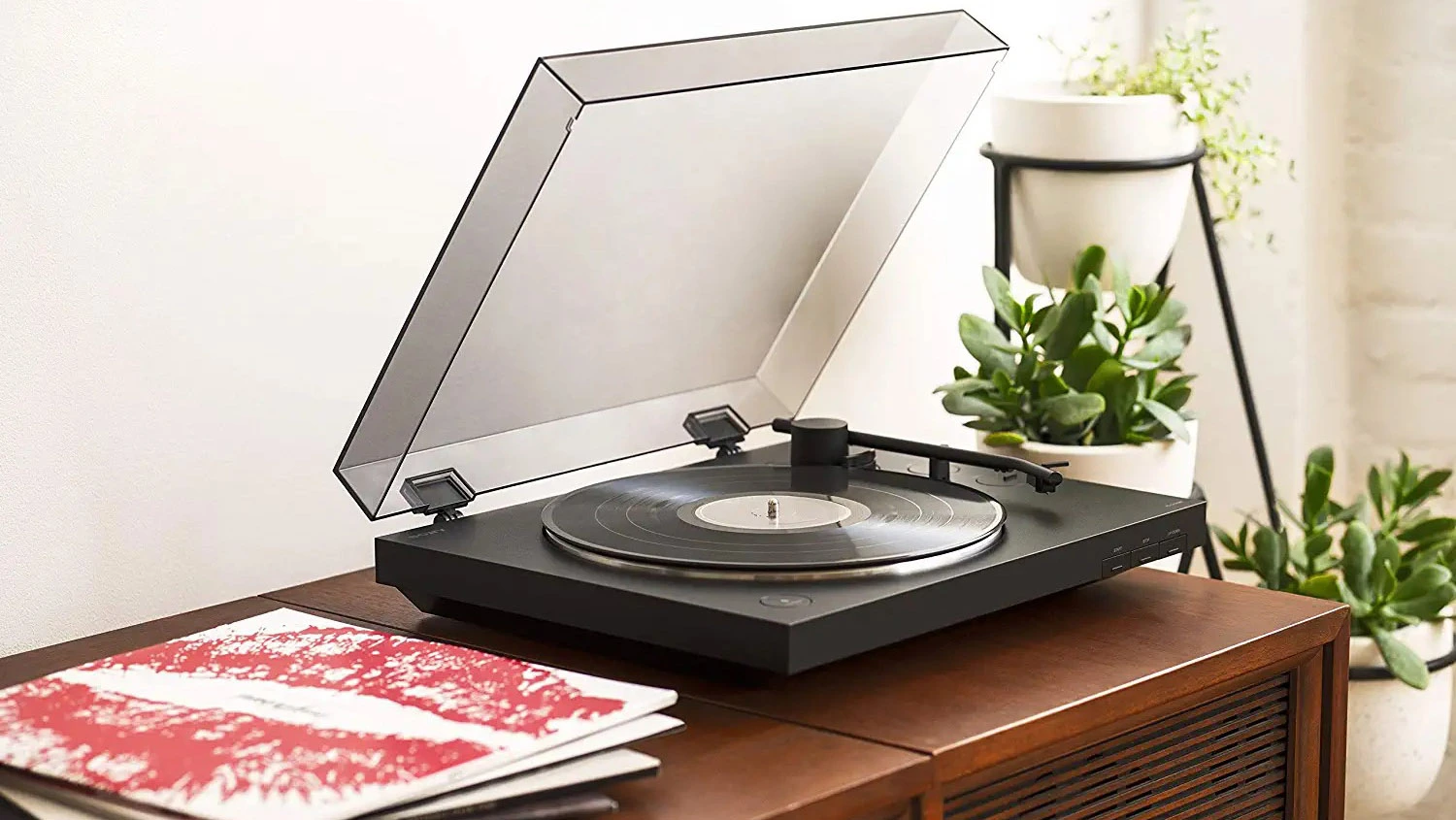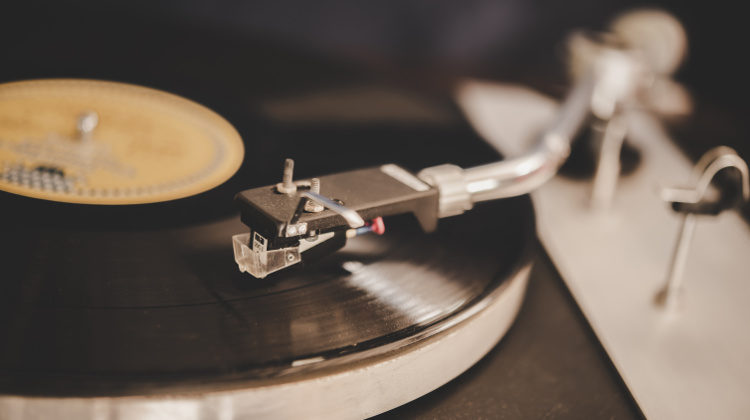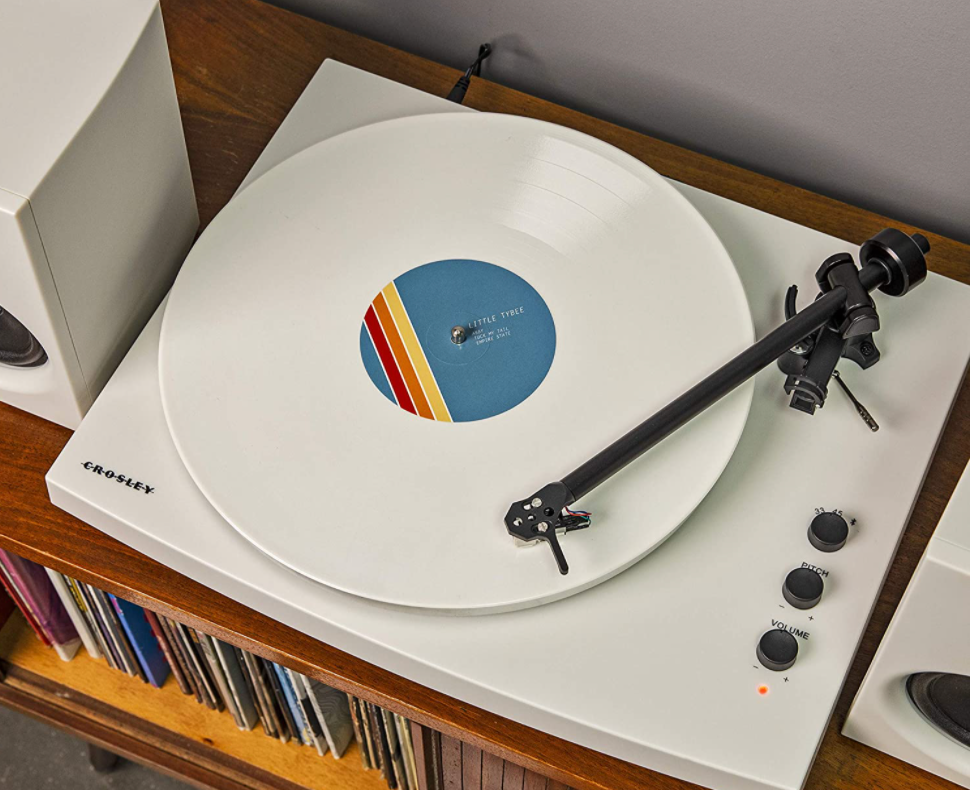
How Record Players Actually Work
The Turntable
At the heart of a record player is the turntable itself. It consists of a platter that rotates at a constant speed, typically 33 1/3 or 45 revolutions per minute. The platter provides a stable platform for the record to sit upon and spin.
The Cartridge and Stylus
Mounted on a tonearm, the cartridge contains a tiny electromagnetic coil that picks up vibrations from the record grooves. Attached to the cartridge is the stylus, often referred to as the needle. This fine needle traces the grooves of the vinyl, translating the physical movements into electrical signals.

The Cartridge and Stylus
Amplification and Preamp
The electrical signals generated by the cartridge and stylus need to be amplified before they can produce sound. This is where the preamp, or phono stage, comes into play. The preamp boosts the weak signals from the cartridge to a level suitable for further amplification.
Equalization
Vinyl records are cut with a particular equalization curve known as the RIAA curve. To restore the original sound, record players apply an opposite equalization curve during playback. This equalization process balances the frequencies, ensuring the music sounds as intended.

Equalization
Amplification and Speakers
Once the electrical signals are amplified and equalized, they are sent to an audio amplifier, which further boosts the signals to a level suitable for driving speakers. The amplified signals are then sent to the speakers, where they are converted back into sound waves for our ears to enjoy.
Speed Control and Tracking
Record players offer speed control options to accommodate different types of records. The user can select the appropriate speed setting based on the record being played. Additionally, the tracking force of the stylus can be adjusted to ensure optimal contact with the record grooves, providing accurate playback and minimizing wear on the vinyl.
Speed Control And Tracking







